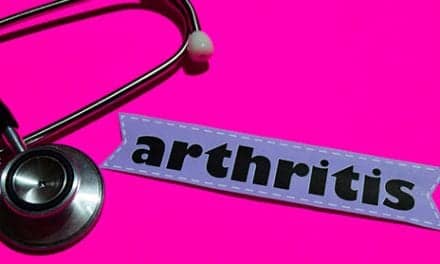Again and again, 71-year-old Marjorie Brasier walked on the treadmill using an instrumented prosthetic leg, and again and again she tripped or slipped. Sometimes she recovered on her own and kept walking, while at other times the harness she wore was all that kept her from tumbling to the floor.
Brasier’s trips and slips occurred by design as part of a University of Rhode Island (URI), Kingston, RI, research study that seeks to improve the safety of prosthetic legs by developing a reliable and responsive stumble detection system, says a statement released by the university.
One of six clients of Nunnery Orthotic & Prosthetic Technologies to participate in the study, Brasier was hooked up to dozens of electrodes, wore shoes containing 99 pressure sensors, and 40 light-reflective markers on her body were tracked by eight cameras surrounding the room to collect the data necessary for the research.
He (Helen) Huang, assistant professor of biomedical engineering at URI, said in the statement that when people become unbalanced, the neural system reacts quickly and sends a signal to help us recover. Our challenge is to see if we can detect these neural reactions fast enough to activate a mechanism in a patient’s prosthetic leg to stabilize them before they fall, she added.
During the experimental phase of the study, Huang is collecting data from able-bodied people and those who are using prosthetic legs to determine what kind of physiological signals can be detected for use in developing a stumble-detection system. Once she has analyzed the data, she plans to develop an algorithm that can be used in computer-controlled artificial limbs to provide active stumble recovery.
Huang said in the statement that if the researchers can detect the stumble reaction fast enough, there may be time to react to it. Huang is collaborating on the project with Brown University Assistant Professor Susan D’Andrea.
According to the URI researcher, the population of lower-limb amputees in the United States is large and growing, especially so during this time of war, and she says the design of a high-performing prosthetic leg is critical to reducing the burden of this disability.
Michael Nunnery, owner of Nunnery Orthotic and Prosthetic Technologies Inc, Kingstown, RI, another partner in the research project, said in the statement that study participants are allowing researchers to collect unprecedented data related to stumble-and-recovery reactions in amputees that may impact the future of above-knee amputee prosthetics needs.
Brasier lost her leg when a teenage drunk driver struck her car in Florida in 2001, an accident that took the life of her husband.
The project was funded in part by the Rhode Island Science and Technology Advisory Council, which notes that a successful prototype could quickly lead to a commercially available component to enhance the safety of prosthetic limbs.
[Source: URI]



